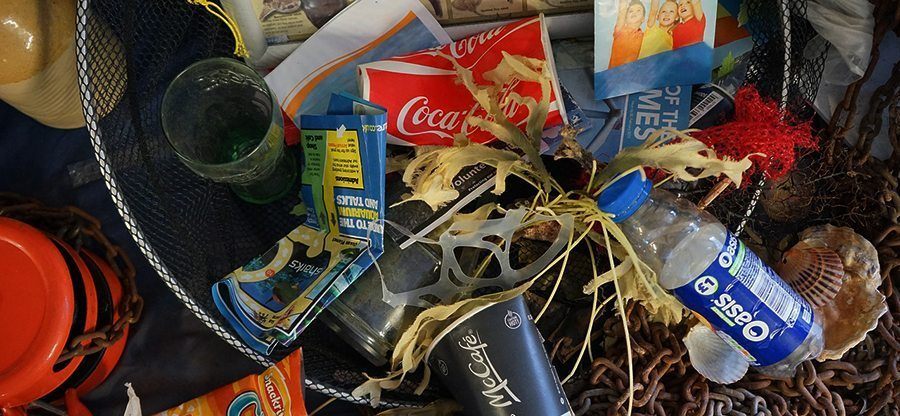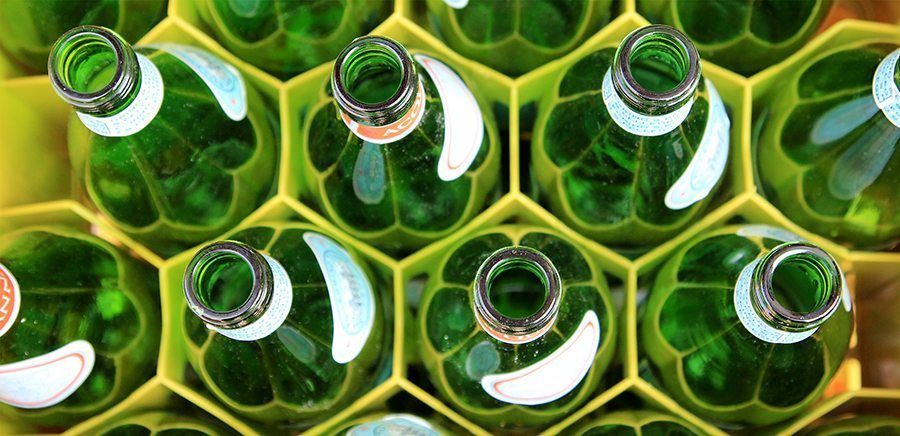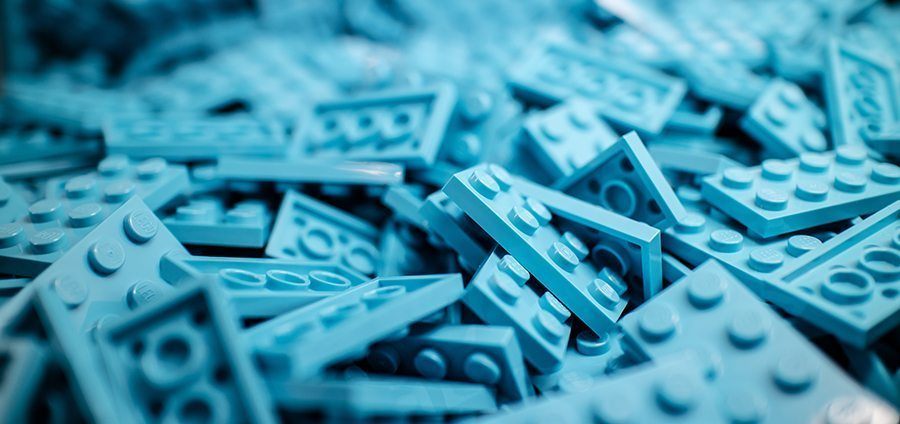You will hear more on this today at 1p as we welcome writer, Kit O'Connell.

Researchers found 38 million pieces of plastic waste on one uninhabited island in the South Pacific. That’s just one island.
Plastic is an inescapable part of our everyday lives, so why is almost all of it still made from polluting, non-renewable petrochemicals?
You may have heard that agricultural hemp, the non-mind-altering cousin of cannabis (commonly known as marijuana), has dozens of potential uses from clothing to paper.
Since virtually all climate scientists agree that we must replace our dependence on fossil fuels, and given that hemp can even make the soil cleaner, it’s surprising that this miracle crop isn’t in wider use.
When we looked into the topic, we found that hemp is already appearing in some commonplace objects, including cars, and could soon find it’s way into more. But there are also remaining barriers that keep hemp plastics more expensive and less versatile, for now.
ALTERNATIVES NEEDED AS PLASTIC POLLUTES WATER & LAND
Not only are the harmful effects of global warming increasingly clear, conventional plastics linger in the environment and can even enter the food chain to detrimental effect on human and animal health.
In one especially shocking recent example, researchers from the University of Tasmania and the UK’s Royal Society for the Protection of Birds found 38 million pieces of plastic waste on Henderson Island, an uninhabited coral island in the South Pacific.
“I’ve travelled to some of the most far-flung islands in the world and regardless of where I’ve gone, in what year, and in what area of the ocean, the story is generally the same: the beaches are littered with evidence of human activity,” Jennifer Lavers, a marine scientist from the University of Tasmania, told The Guardian.
The oceans are in a similar or even worse state, thanks to the risk of microplastics, or tiny fragments of plastic that pollute the waters and are often eaten by marine life. The infamous “Great Pacific Garbage Patch” is actually largely composed of millions of these tiny particles — as much as 1.9 million per square mile — according to a 2014 report from National Geographic.
HEMP CELLULOSE FIBERS A GOOD SOURCE FOR MANY PLASTICS
Some of the earliest plastics were made from cellulose fibers obtained from organic, non-petroleum-based sources.
“Hemp cellulose can be extracted and used to make cellophane, rayon, celluloid and a range of related plastics,” reported Seshata, a writer at Sensi Seeds in 2014. “Hemp is known to contain around 65-70% cellulose, and is considered a good source (wood contains around 40%, flax 65-75%, and cotton up to 90%) that has particular promise due to its relative sustainability and low environmental impact.”
While 100% hemp-based plastic is still a rarity, some “composite bioplastics” — plastics made from a combination of hemp and other plant sources — are already in use. Thanks to their high strength and rigidity, these plastics are currently used in the construction of cars, boats, and even musical instruments.

Many plastic products are made from polymer resins, including polyethylene terephthalate, or PET, found in everyday products like plastic bottles. While advocates hope to someday see 100% hemp-based plastic bottles on supermarket shelves, the technology just isn’t ready for prime time.
Companies like Coca-Cola have experimented with 100% plant-based bottles, but commercially available products are made from no more than 30% plant-based materials, while the remainder is made from traditional fossil fuel sources.
The good news is that many corporations are investing heavily in researching replacements to traditional PET. It’s likely the first company to produce a viable commercial product could stand to earn millions.
Unfortunately, even plastic that’s deliberately designed to be biodegradable can still be a source of pollution. Almost nothing biodegrades in a landfill, and hemp microplastics could still cause problems when introduced to the oceans. Biodegradable plastics need to be sent to commercial composting facilities for efficient disposal, and these facilities aren’t available to everyone. In addition to creating better alternatives to plastic, we’ll still to create more responsible attitudes toward disposable products.
COST AND THE WAR ON DRUGS ARE BIGGEST BARRIER TO HEMP PLASTIC
While fossil fuel costs are kept low with subsidies, hemp products for the most part remain costly luxury items. While some hemp is grown in the United States under pilot programs legalized by the 2014 Farm Bill, most is still imported from other countries.
Though hemp requires fewer pesticides and has a smaller environmental footprint than many other crops, growing and harvesting it remains labor intensive. Another drawback is that hemp requires “significant fertiliser in some soils, and also has relatively high water requirements,” as noted by Seshata.
However, hemp prices would almost undoubtedly come down, and technology improve, if we ended the war on drugs — particularly the many restrictions on legally growing hemp and cannabis.

One of the most provocative examples of hemp’s potential plastic future could come from LEGOs, the ubiquitous building block toy. which is promising to phase out fossil-fuel based resin by 2030.
“Hemp might just be the cost effective, environmentally sustainable alternative material that LEGO is looking for,” speculated Emily Gray Brosious in a February 2016 investigation from the Sun Times.
Whether or not we’re ever able to build a spaceship from hemp bricks, the full promise of hemp plastic remains tantalizingly close, but just out of reach.

Coursewok help Luton
ReplyDeleteشراء اثاث مستعمل بالرياض 05lx4XwBZg
ReplyDelete